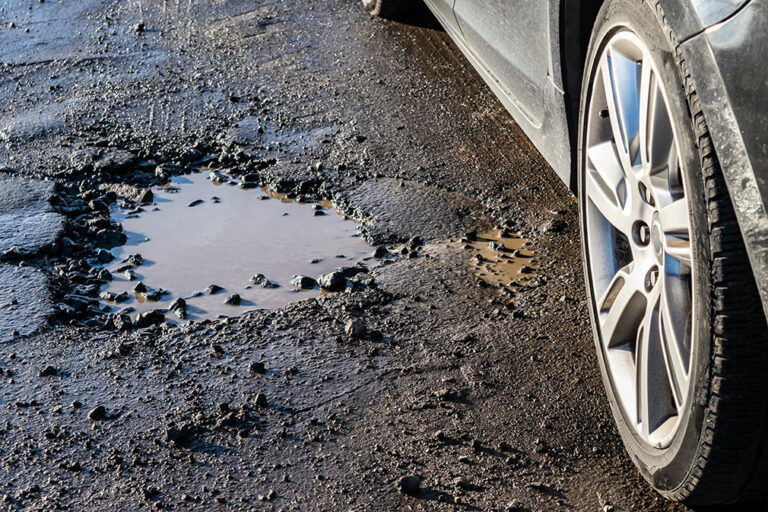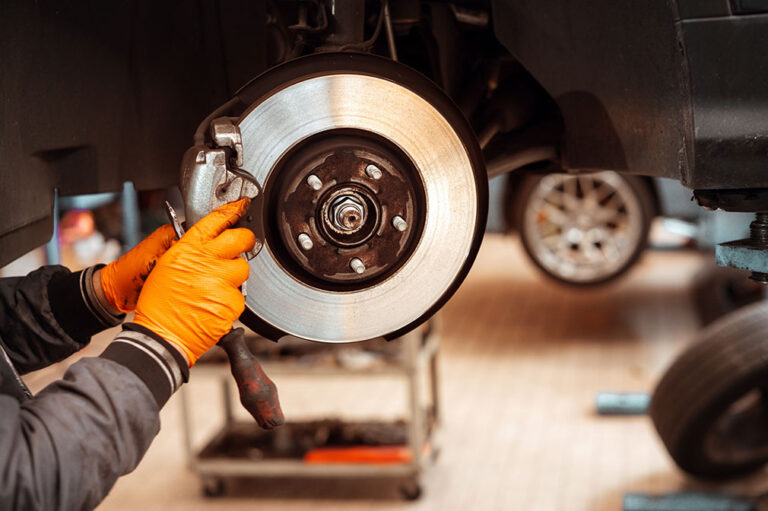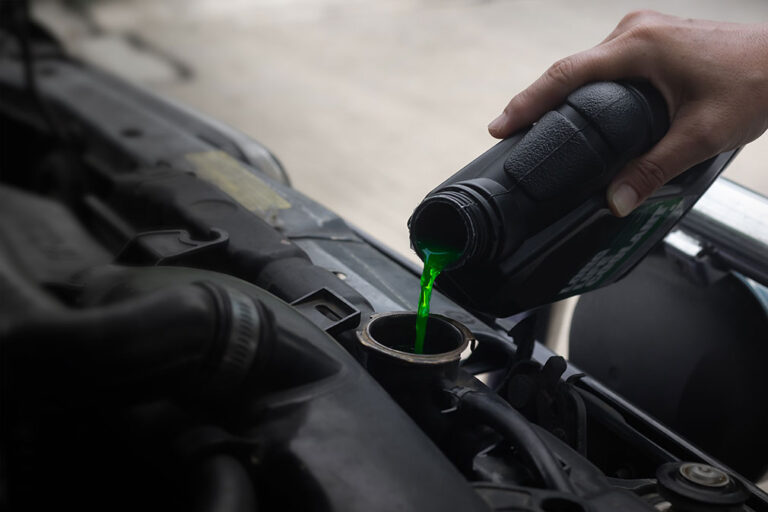Potholes form when water seeps below the pavement, freezes and expands, and then cracks the asphalt above. According to AAA spokesperson Amy Parmenter, driving your vehicle over a pothole can cause major damage to tires, suspension, alignment and the exterior.
But you often don’t notice a pothole in the road until it’s too late. If you attempt to make a quick maneuver to avoid the crater, you may cause an accident.
Here are some tips for dealing with potholes:
Be aware of the road
Make a point of checking the road ahead for potholes. If you are alert to the possibility of potholes you have time to avoid them, so it’s important to stay focused on the road. This can also help be aware of any debris or other types of objects that could be in the middle of the road.
Try to minimize the impact
If a pothole cannot be avoided, try to slow down if possible. Hitting a pothole at higher speeds greatly increases the chance of damage to tires, wheels and suspension components. Don’t slam on the breaks, though. This can cause more problems. Note: A puddle of water can disguise a deep pothole. Use care when driving through puddles. It is best to assume they may be hiding potholes.
Proper inflation
Your tires are the most important cushion between your vehicle and a pothole. Make sure tires have enough tread and are properly inflated.
Keep your vehicle in top condition
A vehicle that’s well maintained will have a better chance of weathering impact with a pothole. Make sure struts and shock absorbers are in good condition. Changes in vehicle handling, excessive vibration or uneven tire wear can indicate bad shocks or struts. Have the suspension inspected by a certified technician if you suspect problems. If you hit a pothole, you can knock the wheels out of alignment. It can also affect the steering. If a vehicle pulls to the left or right, have the wheel alignment checked to ensure that everything is working efficiently and is aligned properly.







